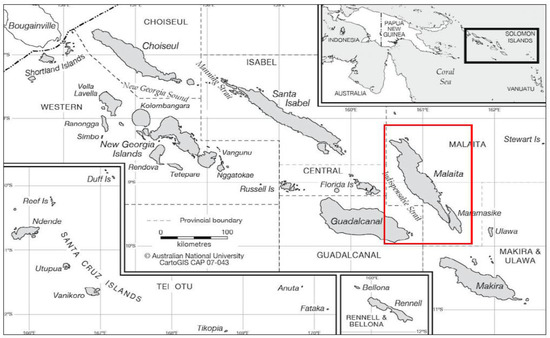
WEIGHT: 59 kg
Breast: 36
One HOUR:40$
Overnight: +50$
Sex services: Travel Companion, Facials, Toys, Role playing, Sex anal
Objective: To investigate tree-related injuries in Solomon Islands by the types of trees involved, who is affected and the types of injuries caused.
Design and setting: Descriptive case series of all cases of injuries related to trees presenting to the National Referral Hospital in Honiara from to Data were collected by the attending clinician using a Trauma Epidemiology form, which provides information on age, sex, cause of injury and type of fracture.
Falls from coconut trees led to the highest number of injuries, followed by falls from mango, guava, apple and nut trees. The arm including wrist, elbow and hand was the most common location of injury across all tree types. Distal radius fractures in the forearm were particularly common, as were ulna fractures. Conclusion: While mangos and guavas are undeniably delicious, the quest for their flesh can be hazardous.
Children will always climb trees, but the search for food among children in lower-income settings may lead to higher rates of injury. Tree crops form an important component of the export market of lower-income countries such as Solomon Islands. Indeed, what little prior research exists has indicated that hospital presentations due to tree-related injuries are common within countries heavily reliant on tree-based crops. Our study is a descriptive case series analysis of all injuries related to trees presenting to the NRH, the nation's only tertiary facility, over 18 years.

Data were routinely collected from a database of all patients who were treated by the NRH general surgery and orthopaedic departments between and These data arise from a larger dataset on all injuries collected by the NRH over this period. Anonymised patient data are then entered into a Microsoft Access database by clinic staff. There were cases of injury in the database.


































